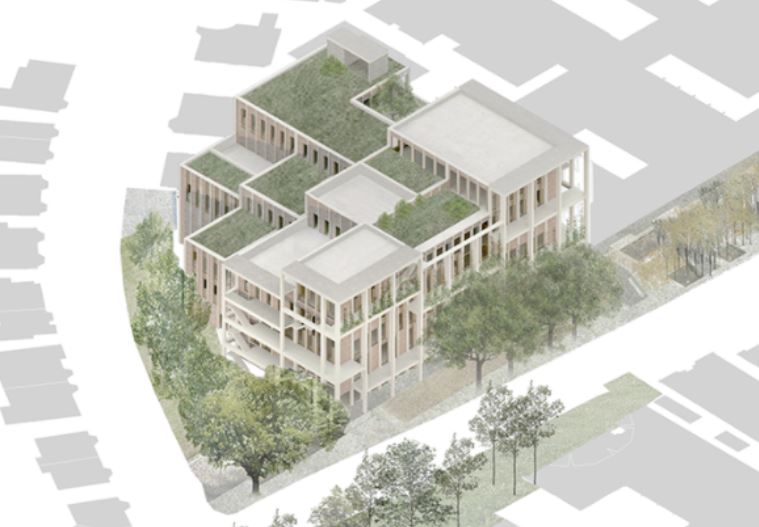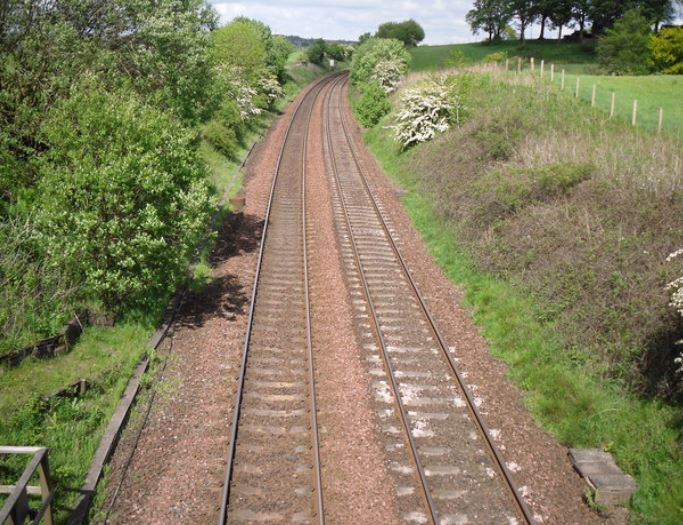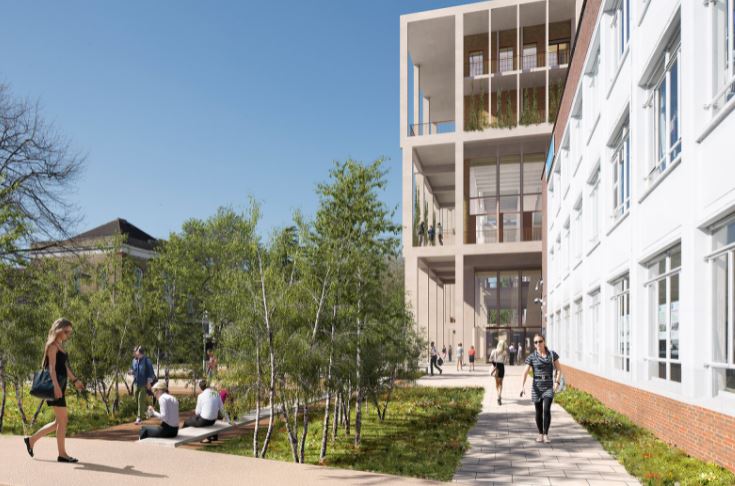Our towns and cities continue to face problems caused by global warming, such as overheating, air pollution, surface flooding and a lack of biodiversity. Too often green spaces are in short supply, so it’s understandable that implementing ideas such as ‘living walls’ on and within buildings can bring many benefits. The engineering sector has seen the emergence of specialist consultants and suppliers who are able to recommend the latest, most adaptable technology and materials to aid the lifespan of buildings and improve their effectiveness, but it can be easy to forget that sometimes, the most simple solutions are in fact the most effective.
Whilst the built environment champions innovation, it’s our natural landscape that continues to offer new lessons. For example, living walls, or green walls, are an easy way to improve the visual appeal of buildings whilst improving the air quality, bringing a sense of outdoor wildlife inside. As cities become busier and more built up, this is an important feature given the loss of wildlife and access to fresh air for their inhabitants.
These living walls are becoming more popular; offering an inspirational and aesthetically pleasant natural boost to buildings, benefiting them in a variety of different ways that aren’t just visual. Whether they are installed on the exterior or interior of a building, the structures of living, breathing plant life can create bright, intriguing spaces whilst bolstering sustainability.

Plants and wildlife are also exceptional natural air filters in their own right, creating a cleaner, healthier environment wherever they are situated. In corporate offices for example, employees are often exposed to air toxins and impurities such as carbon monoxide. Living green walls metabolize harmful toxins whilst releasing oxygen into the workplace, much like office plants but on a bigger scale.
The natural environment can also help with reducing energy costs and noise levels. Exterior living green walls can reduce surface temperatures by as much as 10 degrees Celsius via evapotranspiration, allowing for energy savings and lower air conditioning costs. Yet a lesser known advantage of green walls is noise reduction. Plants and vegetation can block high frequency sounds while the supporting wall structure can help to diminish low frequency noise. This concept has also been applied to roads and train tracks, which is why trees and foliage are so often seen nearby.
And whilst the benefits of greenery in buildings is evident from a sustainability standpoint, it’s also possible to measure the link between healthy buildings and productivity. Relatively small upfront costs to facilitate changes are routinely returned through higher rental rates in homes, and improved productivity levels in schools, universities and offices. There have also been studies recently which cite that the presence of flowers can even improve memory.
Despite the need for imagination within building design, simple solutions shouldn’t be overlooked if we are to continue on the upward trajectory of ensuring new structures are as environmentally harmonious as possible. Bringing nature into our cities and buildings is a vital component for a sustainable future, and green infrastructure can be targeted to bring wildlife to the very places where we need it most.



